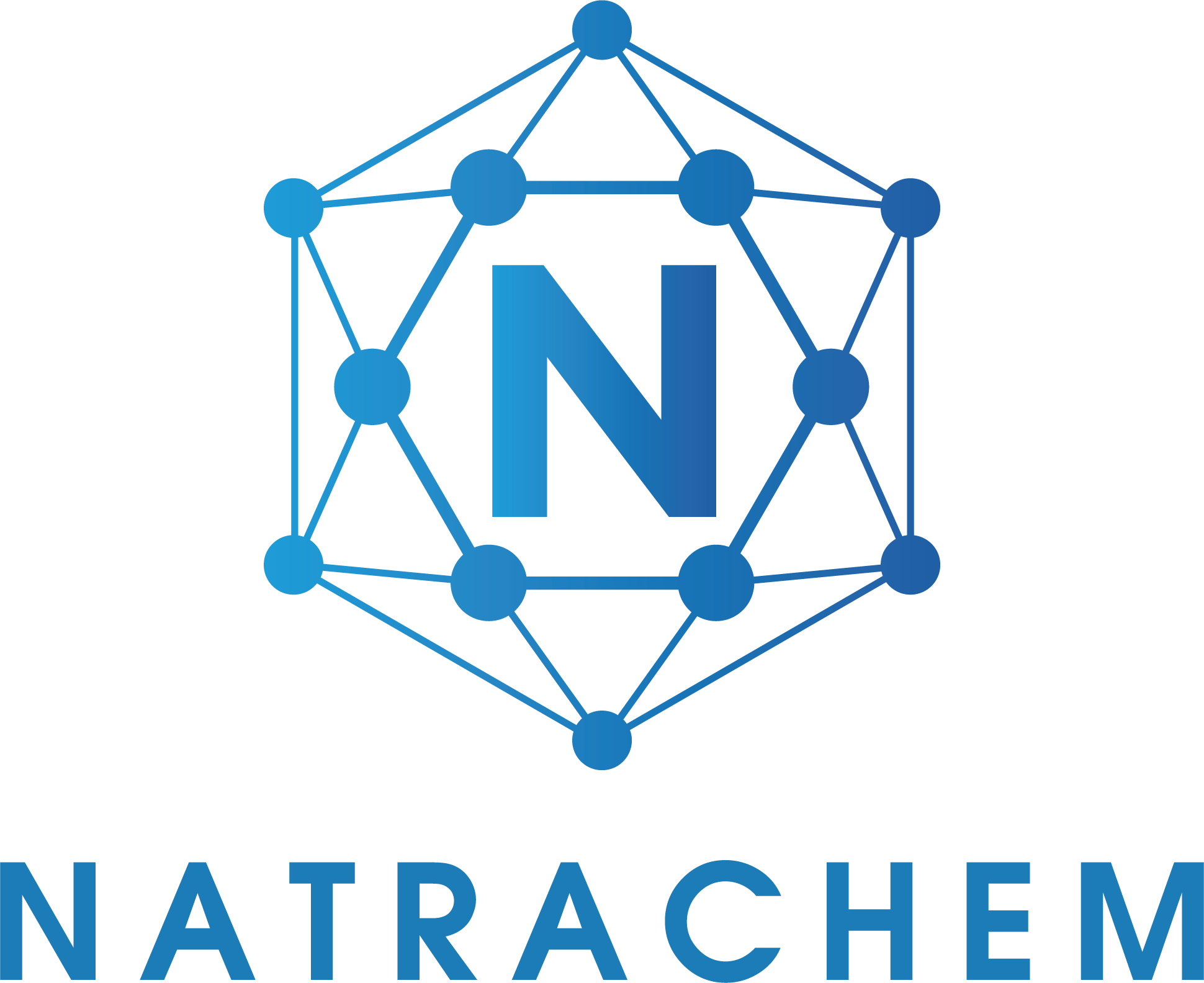Two common gases used in the precision mechanical industry, more specifically laser cutting machines, are Oxygen and Nitrogen. These two gases act as supporting gases, determining the quality of the cut.
In the laser metal cutting industry, the choice of shielding gas, specifically Oxygen or Nitrogen, plays an important role. The main goal is to create an environment that ensures the cutting process is carried out most efficiently. Each gas has its own advantages and limitations, and the decision of which gas to use depends on the type of metal material, the specific cutting service and the specific production factors.
Oxygen in laser cutting
Oxygen gas, an important component in welding and cutting, is also the first choice for laser metal cutting, often preferred for cutting thick iron and carbon steel. At the high temperature emitted by the laser, oxygen gas participates in the cutting process by reacting with molten iron (exothermic reaction). This helps increase the cutting speed and temperature at the cutting position. Thanks to that, it is easy to create sharp cuts, even on metal sheets up to 50mm thick.
Although oxygen gas can also be used to cut stainless steel, the cut in this case will often be black due to oxidation. Therefore, to ensure aesthetics, many processing units often discourage the use of oxygen gas for cutting stainless steel.
Advantage:
– Rapid combustion: Oxygen gas makes cutting faster and more efficient. When the laser hits an area with oxygen gas, the temperature increases rapidly, causing combustion and the cutting process takes place quickly.
– Can cut many types of metals: Oxygen gas is commonly used to cut metals such as stainless steel, carbon steel, aluminum and many other metals.
– Thick and precise cutting: Oxygen gas allows cutting of large thickness metals and maintains high precision during the cutting process.
– Energy saving: Using oxygen gas in the cutting process helps save energy and reduce production costs.
Limit:
– Oxidation: An important limitation of using oxygen is the possibility of oxidation. Oxygen can form an oxide layer on the surface of the cut metal, causing the surface properties of the material to be lost. This can affect the quality of the final product and requires post-cut surface finishing.
– Combustible environment: Due to the rapid combustion potential of oxygen, it is necessary to ensure safety and manage the risk of fire and explosion during cutting.
Nitrogen Gas in Laser Cutting
Choosing to use nitrogen gas for laser cutting and engraving brings important benefits to the final product. This process produces clean, sharp cuts without burnt edges or burrs, meeting high quality and precision standards, especially in industries that require perfection.
However, the use of nitrogen requires a high pressure, usually 17 to 20 bar, to ensure good performance. At the same time, nitrogen gas needs to be of high purity, reaching 99.995% or more. If the pressure is not enough, the result may be an unsightly cut, with many unwanted burrs. If the purity is low, the cut will become poor quality and there is a risk of yellowing, affecting the aesthetics and quality of the final product.
Advantage:
– Surface quality: Using nitrogen gas helps maintain the surface quality of the cut material without causing oxidation. This is especially important for applications that require a clean and smooth surface.
– Safety: Nitrogen makes the working environment safer than oxygen, because it is non-flammable and non-explosive.
– No fire: Nitrogen gas does not create fire, helping to avoid the risk of oxidation and creating an oxide layer on the surface of the cut metal.
Limit:
– Slower cutting speed: Cutting with nitrogen is typically slower than using oxygen. This can result in increased cutting time for the same product.
– Thickness cutting ability: Nitrogen gas is generally not suitable for cutting thick metals, and can be limited in cutting metals such as stainless steel.
– Cost: Using nitrogen gas can be more expensive than using oxygen in the production process.
While the choice between oxygen and nitrogen depends on the type of metal to be cut, product requirements and working environment, it is important to carefully consider and test to ensure that the cutting process is performed efficiently and meets the required quality standards.





